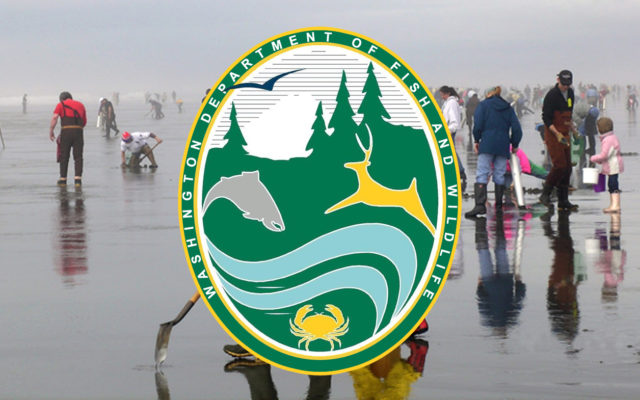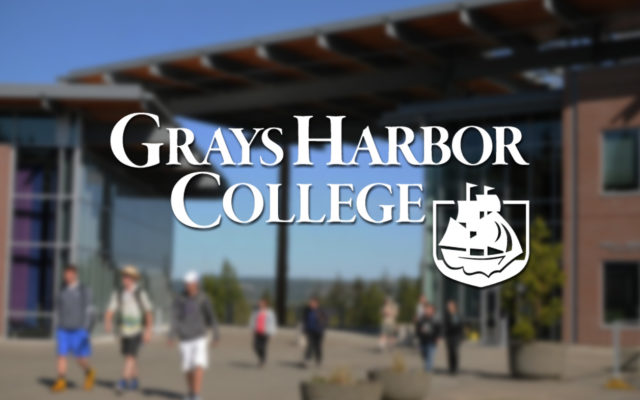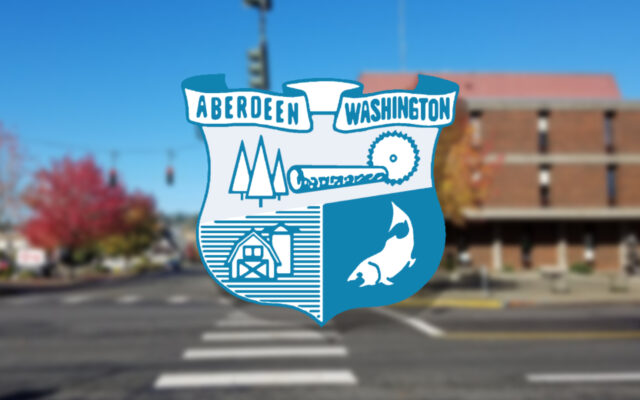Domoic acid still preventing razor clam digging on coastal beaches

Recreational razor clam digging remains unavailable on the Washington coast due to domoic acid levels.
While crab fishing has resumed along the Grays Harbor and Pacific County coastlines after domoic acid levels declined in ocean waters, clam digging remains closed as the levels are too high on the beach shellfish.
In the latest update from the Washington State Department of Fish & Wildlife, they say that the Copalis, Long Beach, and Mocrocks areas are still giving razor clam samples above the action level for the marine toxin.
Before a beach can be opened for the harvest of razor clams, Washington Department of Health protocol requires that all razor clam samples collected from that beach must test under the action level of 20 ppm for domoic acid ( 80 µg/100g for PSP; and 16 µg/100g for DSP) on both of two required sample collections, that must be spaced 7 to 10 days apart.
The results must also show a declining trend between samples.
Note that in all these samples; only razor clam meat tissue is tested.
Long Beach Area E (north): Collected 4/15/21
- domoic acid = 26 ppm
- PSP = none detected
- DSP = none detected
Twin Harbors Area CL (middle): Collected 4/15/21
- domoic acid = 11 ppm
- PSP = none detected
- DSP = none detected
Copalis Area XK (middle): Collected 4/13/21
- domoic acid = 26 ppm
- PSP = none detected
- DSP = none detected
Copalis Area XL (middle): Collected 4/13/21
- domoic acid = 30 ppm
- PSP = none detected
- DSP = none detected
Copalis Area GS (north): Collected 4/13/21
- domoic acid = 20 ppm
- PSP = none detected
- DSP = none detected
Mocrocks Area BC (south): Collected 4/18/21
- domoic acid = 1 ppm
- PSP = none detected
- DSP = none detected
Mocrocks Area CP (middle): Collected 4/18/21
- domoic acid = 27 ppm
- PSP = none detected
- DSP = none detected
Mocrocks Area MP (north): Collected 4/18/21
- domoic acid = 20 ppm
- PSP = none detected
- DSP = none detected
State shellfish managers say that they were hoping that the latest results would have allowed them to open Mocrocks.
“Re-opening this fishery after a long domoic acid closure has always been frustrating. continue to follow the historical pattern of slowly depurating (losing) domoic acid and for the last several months we have observed the levels “bounce around” considerably. As we have previous described, this is a result the individual 12 clams we randomly harvest when we are collecting samples. However, the report above shows some nice declines on all beaches. “
Sampling will continue every seven days as low tides allow, with the hope that some beaches may be able to open soon.
These results and the historical record of domoic acid events can be found at: https://wdfw.wa.gov/fishing/basics/domoic-acid/levels (click on “show historical data”) and then hover your curser over the data points for more detail).
Along with sampling collecting razor clams regularly, WDFW together with our colleagues in the ORHAB (Olympic Region Harmful Algal Bloom) partnership continue on-going observations of the surf zone phytoplankton assemblages.
You Might Also Like



